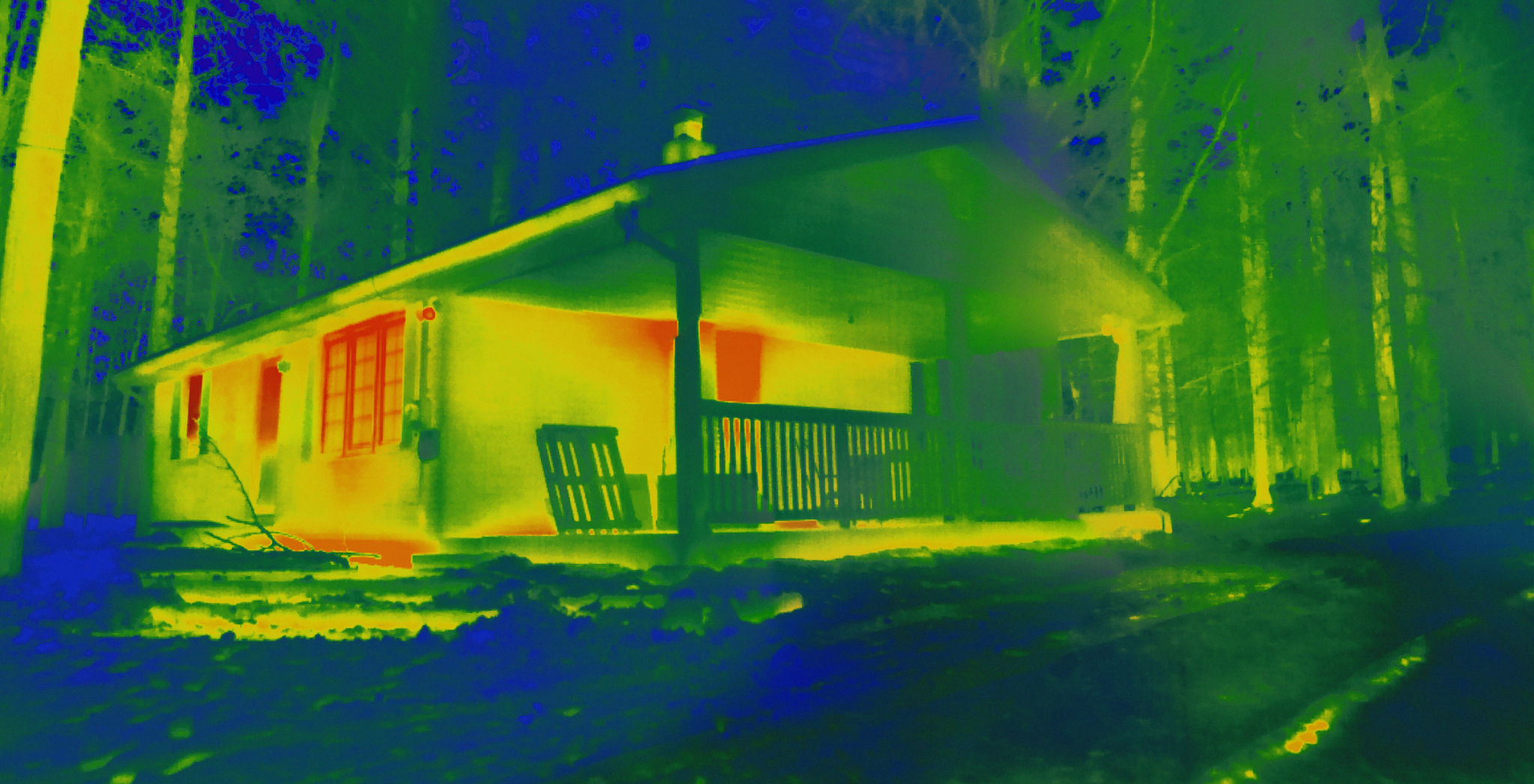DIY Tips for Insulating Your Windows This Winter
Understanding the Importance of Window Insulation
As winter approaches, ensuring your home is properly insulated becomes crucial for maintaining a comfortable and energy-efficient environment. Windows are often the primary culprits for heat loss, leading to increased heating costs and a drafty living space. Insulating your windows is an effective way to keep the warm air in and the cold air out, helping you save money and reduce your carbon footprint.
One of the most significant benefits of window insulation is its ability to improve the overall energy efficiency of your home. By sealing gaps and preventing drafts, you can maintain a consistent indoor temperature, reducing the need for excessive heating. Additionally, well-insulated windows can enhance the comfort of your living space by eliminating cold spots and chilly breezes.

Assessing Your Current Window Situation
Before diving into DIY insulation projects, it's essential to assess your current window situation. Start by inspecting each window for drafts or gaps around the frame. A simple way to do this is by holding a lit candle or incense stick near the edges of the window and watching for any flickering flame or smoke movement, indicating air leaks.
Once you've identified problematic areas, consider the type of windows you have and their condition. Older windows may require more intensive insulation efforts, while newer ones might only need minor adjustments. This assessment will guide you in choosing the right insulation method for each window.
Choosing the Right Insulation Method
There are several DIY methods to insulate your windows, each suitable for different needs and budgets. Here are some popular options to consider:
- Weatherstripping: A cost-effective and straightforward solution, weatherstripping involves applying adhesive strips to seal gaps around window frames. It's ideal for windows that are frequently opened and closed.
- Window Film: Applying window film is another easy way to add an extra layer of insulation. These films are available in various transparency levels, allowing you to maintain natural light while reducing heat loss.
- Thermal Curtains: Investing in thermal curtains or drapes can significantly reduce heat transfer through windows. They provide an additional barrier against drafts and can be easily opened or closed as needed.

Installing Weatherstripping
To install weatherstripping, start by measuring the perimeter of your window frame to determine how much material you'll need. Clean the area thoroughly to ensure proper adhesion, then cut the weatherstripping to size. Peel off the backing and press it firmly along the edges of the window frame, making sure there are no gaps or overlaps.
Applying Window Film
For window film installation, begin by cleaning the glass surface with a mild detergent to remove any dirt or residue. Cut the film slightly larger than the window pane, then peel off the backing and spray the adhesive side with water. Carefully apply it to the glass, smoothing out any bubbles with a squeegee or credit card. Trim any excess film using a utility knife for a neat finish.

Maintaining Your Insulated Windows
Once your windows are insulated, regular maintenance is key to ensuring their effectiveness throughout the winter months. Check for any signs of wear or damage in your insulation materials and replace them as needed. Additionally, keep your windows clean and free from moisture buildup, which can compromise insulation performance.
With these DIY tips, you can effectively insulate your windows this winter, improving your home's energy efficiency and comfort. Not only will you feel cozier during the colder months, but you'll also enjoy lower energy bills and contribute to a more sustainable environment.
